Dutch Experiment: Lowering Energy Prices During Solar Production Peaks
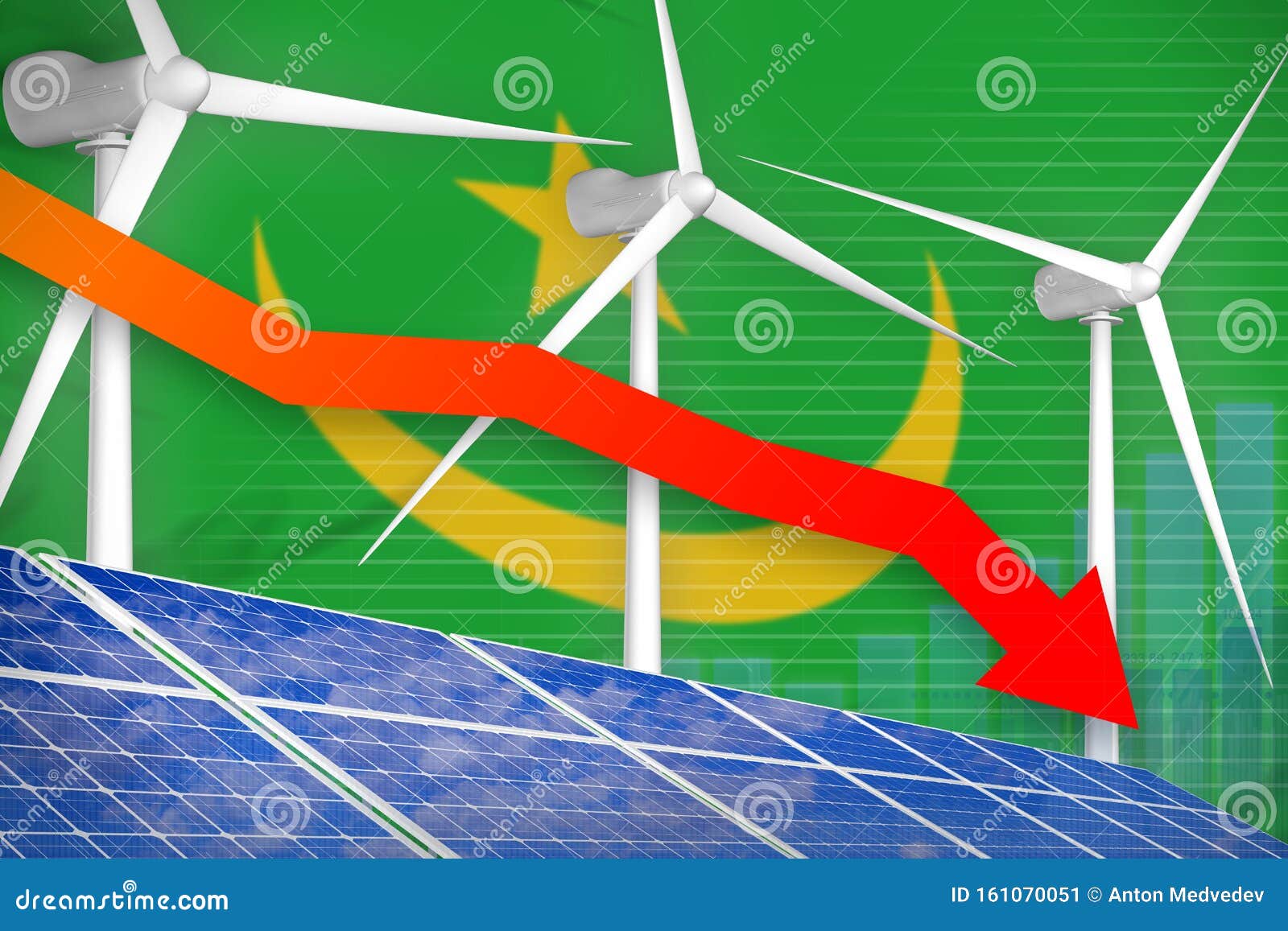
Table of Contents
The Mechanics of the Dutch Solar Energy Experiment
This experiment utilizes a dynamic energy pricing model directly tied to real-time solar energy production levels. The core mechanism is straightforward: when solar energy production is high, energy prices for consumers drop significantly. Conversely, during periods of lower solar output, prices adjust accordingly. This fluctuation is managed through a sophisticated system incorporating several key elements:
- Real-time energy pricing based on solar energy production levels: Smart sensors monitor solar power generation across the national grid, feeding data into a central system that calculates the optimal pricing structure in real-time.
- Dynamic pricing model adjusted throughout the day: Prices are not static; they change constantly, reflecting the ebb and flow of solar energy availability throughout the day. This encourages consumers to shift energy-intensive activities, like running washing machines or dishwashers, to periods of peak solar production.
- Use of smart meters to monitor consumption and adjust billing accordingly: Smart meters installed in households automatically record energy consumption at different times, enabling accurate billing based on the dynamic pricing structure. This eliminates the need for manual adjustments and ensures fairness.
- Incentives for consumers to shift energy consumption to peak solar hours: Beyond lower prices, the Dutch government is exploring additional incentives, such as rewards programs or tax breaks, to encourage participation and maximize the benefits of the dynamic pricing model.
- Integration with existing energy grids: The experiment requires seamless integration with the Netherlands' existing energy infrastructure. This involves sophisticated software and communication protocols to ensure the smooth flow of data and price adjustments.
- Collaboration with energy providers and the government: This ambitious project requires close collaboration between energy companies, the Dutch government, and technology providers to ensure its success.
Benefits and Challenges of Dynamic Energy Pricing
Benefits for Consumers
The potential benefits of this Dutch solar energy experiment are substantial:
-
Lower energy bills during peak solar production: Consumers can significantly reduce their electricity bills by shifting their energy consumption to periods of high solar output. Estimates suggest potential savings ranging from 15% to 30% for average households.
-
Increased adoption of renewable energy sources: The experiment directly incentivizes the use of renewable energy, driving further investment in solar power and other sustainable energy technologies.
-
Reduced carbon footprint: By reducing reliance on fossil fuels, the experiment contributes to a lower carbon footprint and helps the Netherlands achieve its climate goals.
-
Potential for increased energy independence: Greater reliance on domestically produced solar energy reduces the country's dependence on imported fossil fuels, enhancing energy security.
-
Specific examples of potential cost savings: A family using a significant amount of energy during the evening could potentially save €50-€100 per month by shifting their energy usage to midday.
Challenges and Implementation Issues
Despite its promise, the dynamic pricing model presents several challenges:
-
Potential for social inequity: Low-income households may struggle to adapt to fluctuating energy prices, potentially exacerbating existing inequalities. Targeted support measures, such as subsidies or assistance programs, are crucial to address this issue.
-
Requires smart meters and consumer education: Widespread adoption requires significant investment in smart meter infrastructure and public awareness campaigns to educate consumers about the benefits and mechanics of dynamic pricing.
-
Technical challenges in integrating with existing infrastructure: Integrating the new system with the existing energy grid requires overcoming significant technical hurdles to ensure stability and reliability.
-
Grid stability concerns during peak solar production: Managing the influx of solar energy during peak production requires careful grid management to prevent outages or other disruptions.
-
Specific examples of challenges and proposed solutions: One challenge is educating older consumers unfamiliar with smart technology. Solutions involve simplified interfaces and community outreach programs.
Environmental Impact and Sustainability
The Dutch solar energy experiment's environmental impact is potentially transformative:
- Reduction in reliance on fossil fuels: By promoting the use of solar energy, the experiment significantly reduces the nation's dependence on polluting fossil fuels.
- Lower greenhouse gas emissions: This shift towards renewable energy translates to a considerable decrease in greenhouse gas emissions, contributing to climate change mitigation efforts.
- Increased use of renewable energy sources: The experiment serves as a powerful incentive for greater investment and adoption of renewable energy technologies across the Netherlands.
- Potential for wider adoption of similar models in other countries: The success of the Dutch experiment could inspire similar initiatives worldwide, accelerating the global transition to sustainable energy systems.
- Long-term effects on climate change mitigation: The experiment’s long-term effects could be far-reaching, setting a precedent for other nations looking to effectively integrate renewable energy sources into their energy infrastructure.
Conclusion
The Dutch experiment in dynamically adjusting energy prices based on peak solar production offers a promising solution to lower energy costs and reduce reliance on fossil fuels. While challenges related to social equity and technical integration exist, the potential benefits for consumers and the environment are significant. The initiative demonstrates the potential of smart grid technologies and innovative pricing models to promote the adoption of renewable energy. The success of this Dutch solar energy experiment, focusing on peak solar production and dynamic energy pricing, could significantly influence global energy policy and accelerate the transition to a cleaner, more sustainable energy future.
Call to Action: Learn more about this innovative approach to energy management and discover how the Dutch solar energy experiment could inspire similar initiatives in your region. Stay informed about the latest developments in dynamic energy pricing and the ongoing impact of this groundbreaking Dutch solar energy experiment.

Featured Posts
-
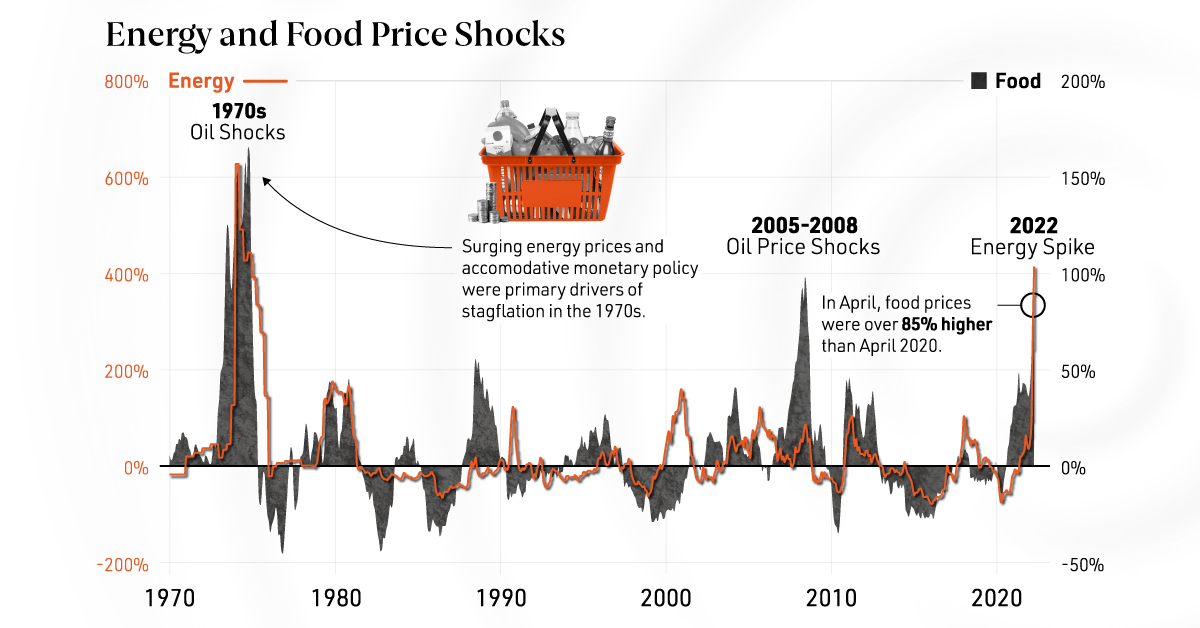 Rising Fuel Costs Navigating The Impact On The Airline Industry
May 03, 2025
Rising Fuel Costs Navigating The Impact On The Airline Industry
May 03, 2025 -
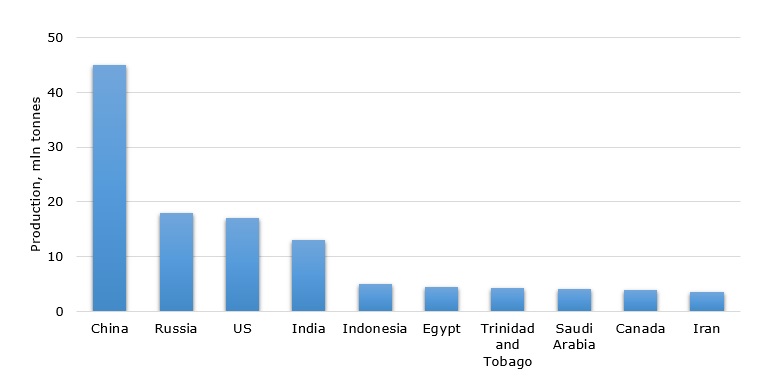 270 M Wh Bess Financing In Belgium Challenges And Opportunities In The Merchant Market
May 03, 2025
270 M Wh Bess Financing In Belgium Challenges And Opportunities In The Merchant Market
May 03, 2025 -
 Donald Trumps Misunderstanding Of Ms 13 Tattoos A Calibri Controversy
May 03, 2025
Donald Trumps Misunderstanding Of Ms 13 Tattoos A Calibri Controversy
May 03, 2025 -
 Free Cowboy Bebop Cosmetics In Fortnite A Limited Time Offer
May 03, 2025
Free Cowboy Bebop Cosmetics In Fortnite A Limited Time Offer
May 03, 2025 -
 Federal Agents Hacker Made Millions Targeting Executive Office365 Accounts
May 03, 2025
Federal Agents Hacker Made Millions Targeting Executive Office365 Accounts
May 03, 2025
Latest Posts
-
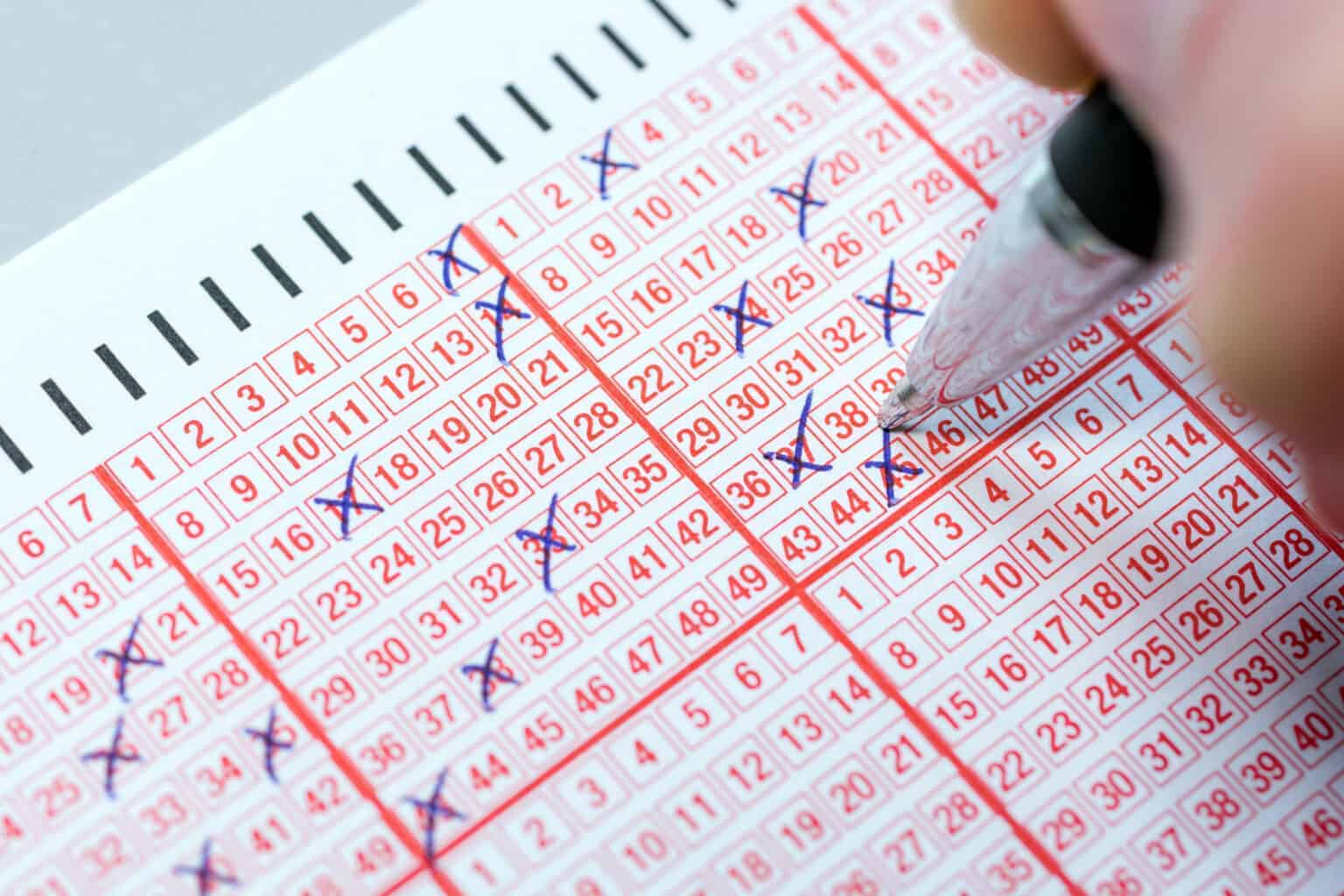 April 12th Lotto Jackpot Numbers And Results
May 03, 2025
April 12th Lotto Jackpot Numbers And Results
May 03, 2025 -
 Winning Numbers Lotto Lotto Plus 1 And Lotto Plus 2
May 03, 2025
Winning Numbers Lotto Lotto Plus 1 And Lotto Plus 2
May 03, 2025 -
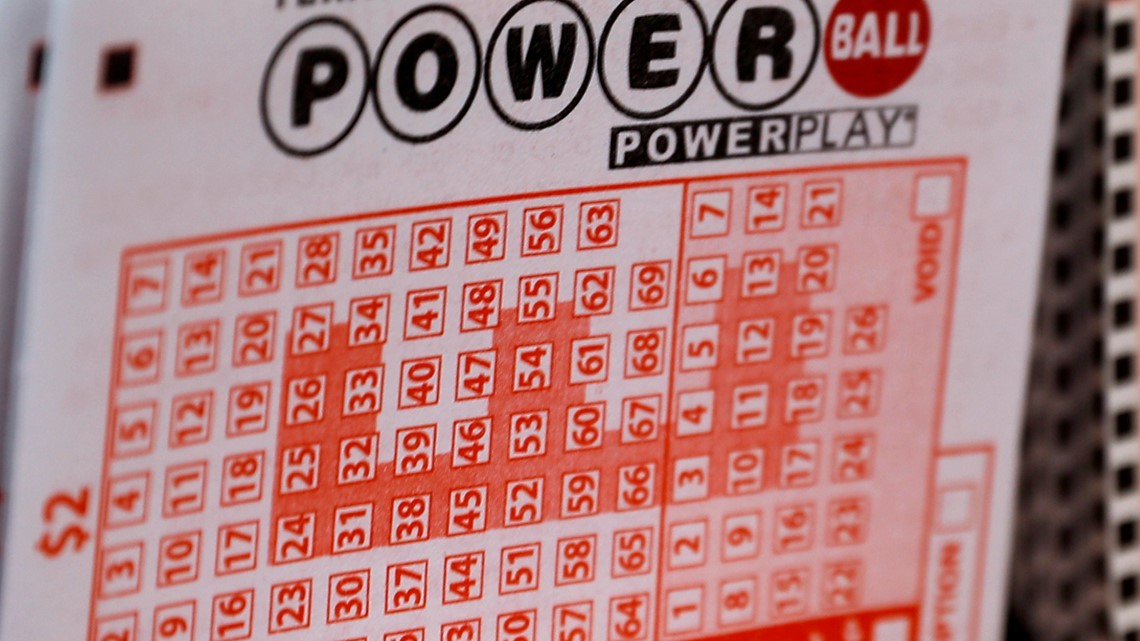 Lotto Plus 1 And 2 Results Find The Latest Winning Numbers
May 03, 2025
Lotto Plus 1 And 2 Results Find The Latest Winning Numbers
May 03, 2025 -
 Lotto Jackpot Numbers For Wednesday April 9th
May 03, 2025
Lotto Jackpot Numbers For Wednesday April 9th
May 03, 2025 -
 Lotto Jackpot Numbers Saturday April 12th Results
May 03, 2025
Lotto Jackpot Numbers Saturday April 12th Results
May 03, 2025
